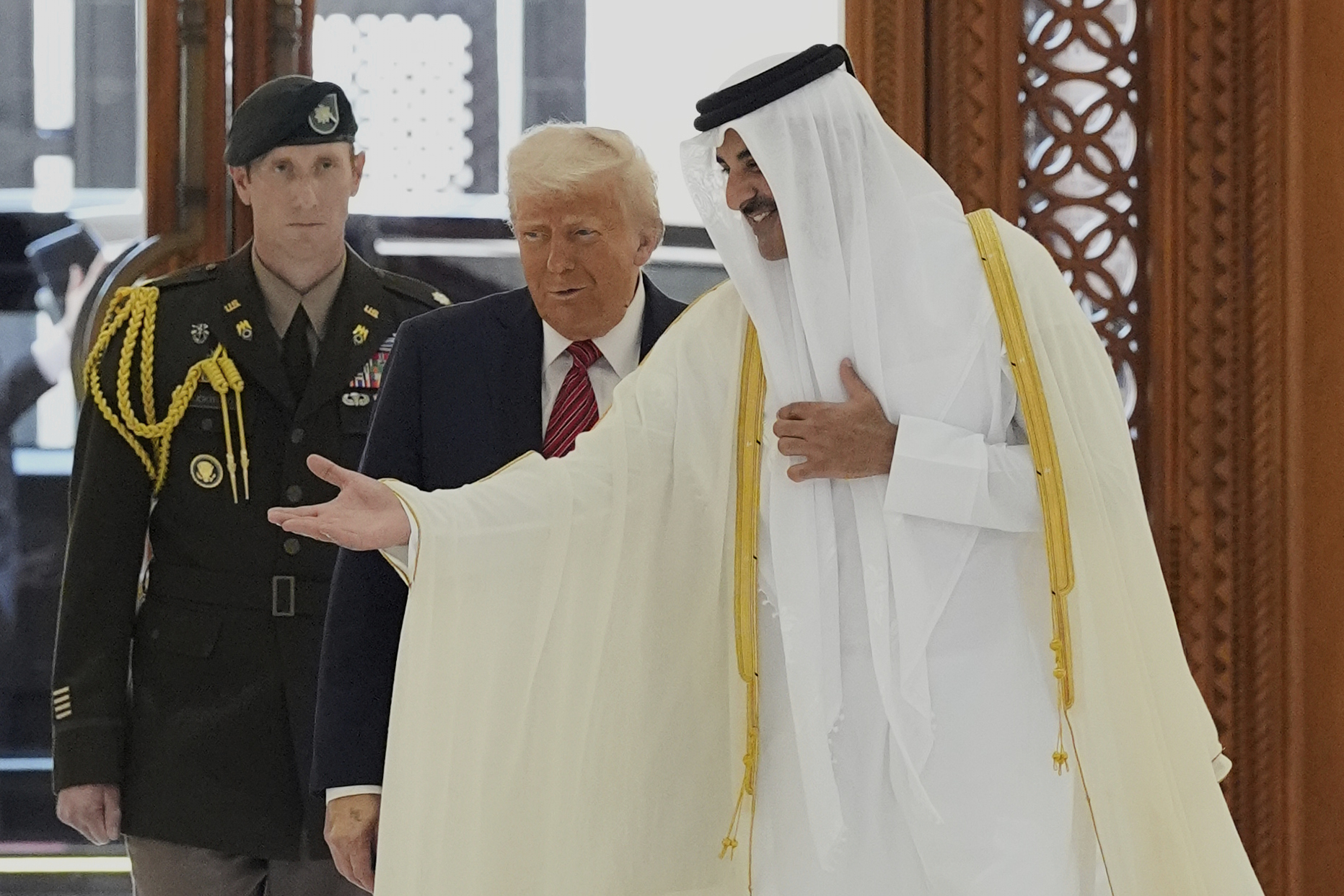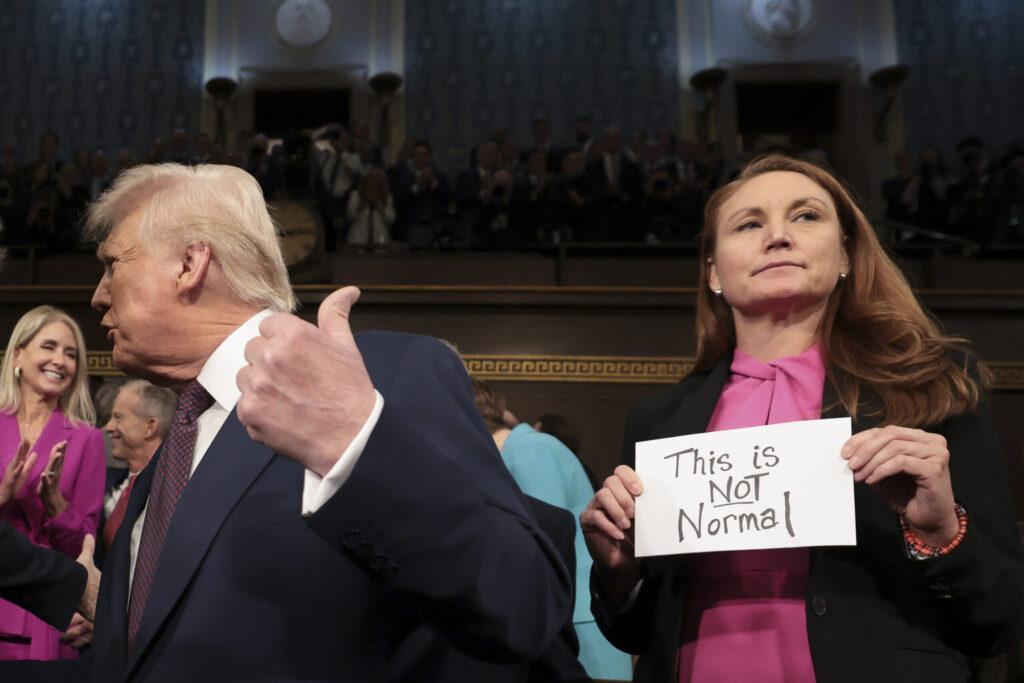Investors desperately want to believe Donald Trump is sane. They are willing to accept any evidence to that effect, because the alternative is just too horrific to contemplate.
In keeping with that see-no-evil attitude, they have greeted the U.S. president’s decision to back down on some of his outrageously punitive tariffs with cheers and surging stock prices.
But is Trump actually lapsing into rationality? Was all of his tariff bluster just a clever negotiating ploy, as some supporters would like to think?
Sadly, no. Three clues suggest Mad King Donald remains just as loony as ever.
Start with the lack of any real certainty on tariffs. Trump may have scaled back the outlandish rates he unveiled on “Liberation Day”—that was April 2 to you and me—but he hasn’t actually cancelled his grab for cash.
Even after the President’s flurry of concessions, the average U.S. levy on imports remains stunningly high. David Kelly, chief global strategist at J.P. Morgan Asset Management, figures the effective average U.S. tariff rate is 13.3 per cent. The Budget Lab at Yale puts it at 17.8 per cent.
Whatever. As the duelling numbers demonstrate, the key fact here is radical uncertainty. For now, the basic rate on Chinese imports is 30 per cent. Thankfully, Canada and Mexico face much lower rates since most of their goods exports are covered by an exemption under the U.S.-Mexico-Canada Agreement (USMCA) on trade. However, any calculation is a work in progress, since a flotilla of sector-specific tariffs are scheduled to come into effect over the next few months. Meanwhile, pauses on “reciprocal” tariffs and higher Chinese tariffs are due to expire in early July and early August, respectively, while negotiations over a new USMCA are slated for next year.
So much for a saner Trump. Rather than quieting him down, the predictable blowback to his tariffs seems to be making him nastier.
Until the dust clears, it may be best to keep our eyes on the big picture. Even at the current scaled-back levels, U.S. tariffs still tower eight times higher than their level before Inauguration Day, according to Joseph Politano, publisher of the Apricitas economics newsletter. They are at their highest level since the Great Depression.
So much for a saner Trump. Rather than quieting him down, the predictable blowback to his tariffs seems to be making him nastier. When Walmart chief executive Doug McMillon warned this past week that the mega-retailer would have to raise prices to offset the new levies, the president blasted the executive on social media and ordered him to “EAT THE TARIFFS.”
Um, right. That’s the presidential tone we are seeing on display more and more. It’s bitter, hostile and borderline weird. (Check out his assertion that, because of him, Taylor Swift is no longer “HOT.”) Judging from the content of his personal posts, Trump is spinning into a fantasy universe of his own making.
But let’s focus on his official conduct. A second reason to think that he is growing more unhinged is his open embrace of corruption.
The president is accepting what he calls a “gift” of a US$400-million executive jet from Qatar. He is also hosting a private dinner to reward the biggest buyers of his personal crypto token. There is not even a pretense of propriety to such actions. He is simply using his official powers to extract money and favours.
By doing so, Trump is flaunting his contempt for the U.S. Constitution—specifically, the emoluments clause that bars a president from accepting freebies from foreign powers. His brazen behaviour demonstrates his confidence that he won’t be brought to heel.
His belief in his own impunity is not the attitude of a president who is becoming more rational. It is just the opposite. It suggests a leader who is confident he can impose his will on others and is daring anyone to try and object.
This is frightening, because a third reason to doubt Trump’s grip on reality is his determination to push through a “big, beautiful” tax bill that seems designed to rip a hole in his country’s budget.
“This tax bill’s enormity is being underplayed,” says Jessica Reidl, budget analyst for the conservative Manhattan Institute. “This tax bill will cost more than the 2017 tax cuts, the pandemic CARES Act, Biden’s stimulus, and the Inflation Reduction Act combined. It would add $6 trillion over 10 years to the deficit.”
Growing worry about the state of U.S. finances manifested themselves in the decision this past week by Moody’s to downgrade U.S. government debt. As Bloomberg’s John Authers noted, U.S. Treasuries may still be the linchpin of the world financial system, but 10 other countries—including Canada—now boast credit ratings higher than the United States.
A sinking credit rating and rising yields on long-term government debt (an auction of 20-year Treasuries on Thursday met with weak demand, sending long yields to multi-year highs) would prod most presidents to reassess their plans and draw back. Trump shows no signs of doing so.
Is he becoming more rational? The thought is ludicrous. Investors may want to believe he has been humbled by the reaction to his tariffs. All the facts suggest otherwise.
Ian McGugan writes about markets and economics. His work has appeared in the Globe and Mail, the New York Times and Bloomberg/BusinessWeek. He was founding editor of MoneySense magazine.
Please visit here to see information about our standards of journalistic excellence.




